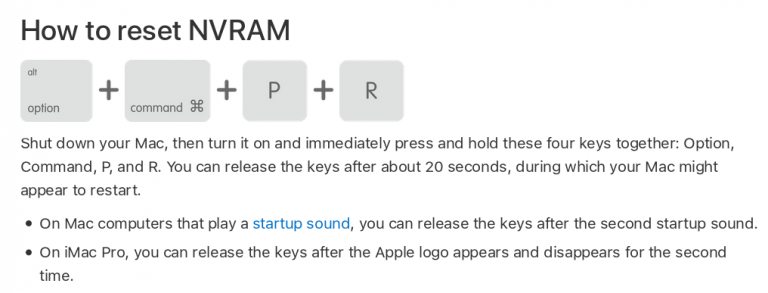

Command–Space bar: Show or hide the Spotlight search field.To close all windows of the app, press Option-Command-W. Command-O: Open the selected item, or open a dialog to select a file to open.To minimize all windows of the front app, press Option-Command-M. Command-M: Minimize the front window to the Dock.To view the front app but hide all other apps, press Option-Command-H. Command-H: Hide the windows of the front app.To find the previous occurrence, press Shift-Command-G. Command-G: Find Again: Find the next occurrence of the item previously found.Command-F: Find items in a document or open a Find window.In some apps, you can undo and redo multiple commands.

You can then press Shift-Command-Z to Redo, reversing the undo command. Command-V: Paste the contents of the Clipboard into the current document or app.Command-C: Copy the selected item to the Clipboard.Command-X: Cut the selected item and copy it to the Clipboard.Cut, copy, paste, and other common shortcuts To use these keys as F1, F2, F3, or other standard function keys, combine them with the Fn key. If these functions aren't available on your keyboard, you might be able to reproduce some of them by creating your own keyboard shortcuts. Some keys on some Apple keyboards have special symbols and functions, such as for display brightness, keyboard brightness, Mission Control, and more.
#IMAC CMD C CMD V NOT WORKING SOFTWARE#
The software lies within Productivity Tools, more precisely Clipboard Tools. The most popular version of the application is 1.1.
#IMAC CMD C CMD V NOT WORKING FOR MAC OS X#
This free application is suitable for Mac OS X 10.8 or later. Our website provides a free download of Command-C 2.0.2 for Mac.

I’m sure most Mac users know Command-C means copy and Command-V means paste, but there’s a host of other useful shortcuts that make a Mac user’s life much easier. Example, Ctrl-V in Windows (shortcut for paste) is Cmd-V in Mac. Bear in mind that most 'Ctrl' shortcuts on Windows can be substituted with the 'Cmd' key. The command key, by the way, is that key with the Apple icon and the strange square with four outward loops (⌘). The equivalent of a Ctrl-C in a Mac is Command-C (or Cmd-C for short). I tried changing keyboard language, adding a shortcut, reset NVRAM, activated/deactivated VoiceOver (tip found on a site) to. The right command key is working for ⌘+C. The left command key is working for ⌘+V or ⌘+X or any others so it's not a hardware problem. When I type ⌘+C with the left command key, it does not work anymore.


 0 kommentar(er)
0 kommentar(er)
